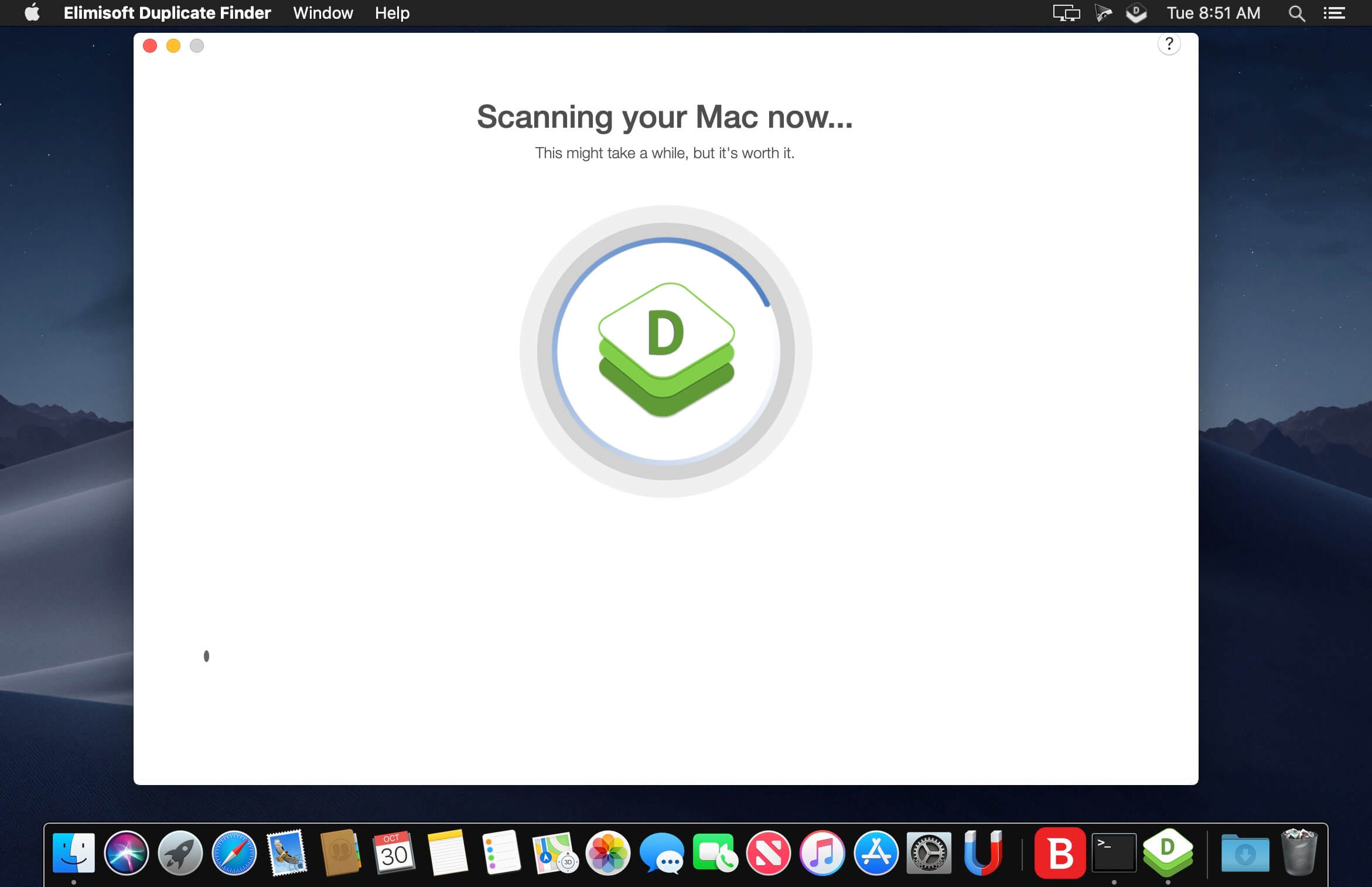
However, current exploration techniques often lead to models containing many near-duplicate states, i.e., states representing slightly different pages that are in fact instances of the same feature. These models, in which states represent features of the web application and transitions represent reachability relationships, can be used for several model-based testing tasks, such as test case generation. crawling) are widely used to infer state-based models of the site under test. The test oracles generated by FRAGGEN can detect 98.7% of the visible changes in web pages while being highly tolerant to web app dynamism, making them suitable for regression testing.īackground: In the context of End-to-End testing of web applications, automated exploration techniques (a.k.a. Our evaluation shows that FRAGGEN improves the precision and recall of the inferred models by 70% and 62% respectively, and generates reliable regression test suites with test actions that have nearly 100% success rate on the same version of the web app even if the execution environment is varied. FRAGGEN also uses fine-grained page fragment analysis to diversify state exploration and generate reliable test oracles. We propose a model-based test generation technique, FRAGGEN, that eliminates the need for thresholds, by employing a novel state abstraction based on page fragmentation to establish state equivalence. Consequently, existing techniques produce inadequate models for dynamic web apps, and fragile test oracles, rendering the generated regression test suites ineffective. However, existing model inference techniques rely on threshold-based whole-page comparison to establish state equivalence, which cannot reliably identify near-duplicate web pages in modern web apps.
#Duplicate detector app manual
The NaviDroid can help us develop more robust software that works in more mission-critical settings, not only by performing more thorough testing with the same effort that has been put in before, but also by integrating these techniques into different parts of development pipeline.Īutomated model-based test generation presents a viable alternative to the costly manual test creation currently employed for regression testing of web apps. The automated experiments demonstrate the high coverage and efficient path planning of NaviDroid and a user study further confirms its usefulness. Based on it, we utilize the dynamic programming algorithm to plan the exploration path, and augment the GUI with visualized hints for testers to quickly explore untested activities and avoid duplicate explorations.

Within NaviDroid, we construct an enriched state transition graph with the triggering actions as the edges for two involved states. Inspired by the game candy crush with flashy candies as hint moves for players, we propose an approach named NaviDroid for navigating testers via highlighted next operations for more effective and efficient testing. However, the repeated actions and easily missing of functionalities make manual testing time-consuming and inefficient.

Complementing with automated GUI testing, manual testing is the last line of defence for app quality. Mobile apps are indispensable for people's daily life. Our findings show that even with the best thresholds, no algorithm is able to accurately detect all functional near-duplicates within apps, without sacrificing coverage. Our study highlights the challenges posed in automatically inferring a model for any given web app. We then use these thresholds to evaluate 10 near-duplicate detection techniques from three different domains, namely, information retrieval, web testing, and computer vision on nine open-source web apps. We systematically compute thresholds that define the boundaries of these categories for each detection technique. We first characterize functional near-duplicates by classifying a random sample of state-pairs, from 493k pairs of webpages obtained from over 6,000 websites, into three categories, namely clone, near-duplicate, and distinct. We present the first study of near-duplicate detection algorithms used in within app model inference. In practice, models inferred automatically are affected by near-duplicates, i.e., replicas of the same functional webpage differing only by small insignificant changes. From a testing viewpoint, such an inferred model should contain the minimal set of states that are distinct, yet, adequately cover the app's main function-alities. Automated web testing techniques infer models from a given web app, which are used for test generation.


 0 kommentar(er)
0 kommentar(er)
